

In this area alone, there are many different mausoleums: Tu Lang of King Dong Khanh, Thien Thanh Cuc of Kien Thai Vuong (father of King Dong Khanh and two other kings, Kien Phuc and Ham Nghi).


Tu Minh Tomb of Queen Phu Thien Thuan (the Holy Palace, wife of King Dong Khanh), the tomb of Queen Mother Doan Huy (the Palace, mother of King Bao Dai), the tomb of Prince Canh and several tombs of other members of the royal family with very different construction times.


Originally in this mausoleum area there was the tomb of King Kien Thai. After ascending the throne (1886), King Dong Khanh built Truy Tu Palace, about 100m to the southeast, to worship his father.


While the project was still unfinished, King Dong Khanh fell ill and passed away on January 28, 1889, at the age of 25. King Thanh Thai succeeded to the throne and decided to use Truy Tu Palace to worship King Dong Khanh, changing its name to Ngung Hy Palace, while the Kien Thai Vuong tablet was moved to worship at Han Vinh Temple, on the bank of An Cuu River. King Dong Khanh's tomb was built about 100m southwest of the temple but was very simple.

In August 1916, King Dong Khanh's son, King Khai Dinh, had the mausoleum renovated with modern materials. In 1921 and 1923, the shrine area was restored. Thus, the construction of Dong Khanh mausoleum took place in many stages over a period of nearly 35 years (1889-1923). The complexity of the mausoleum's construction history left a clear mark on the architecture of this mausoleum.
Heritage Magazine



![[Photo] General Secretary To Lam chairs the third meeting to review the implementation of Resolution No. 18-NQ/TW](https://vstatic.vietnam.vn/vietnam/resource/IMAGE/2025/4/14/10f646e55e8e4f3b8c9ae2e35705481d)
![[Photo] Touching images recreated at the program "Resources for Victory"](https://vstatic.vietnam.vn/vietnam/resource/IMAGE/2025/4/14/99863147ad274f01a9b208519ebc0dd2)
![[Photo] Opening of the 44th session of the National Assembly Standing Committee](https://vstatic.vietnam.vn/vietnam/resource/IMAGE/2025/4/14/03a1687d4f584352a4b7aa6aa0f73792)
![[Photo] Children's smiles - hope after the earthquake disaster in Myanmar](https://vstatic.vietnam.vn/vietnam/resource/IMAGE/2025/4/14/9fc59328310d43839c4d369d08421cf3)


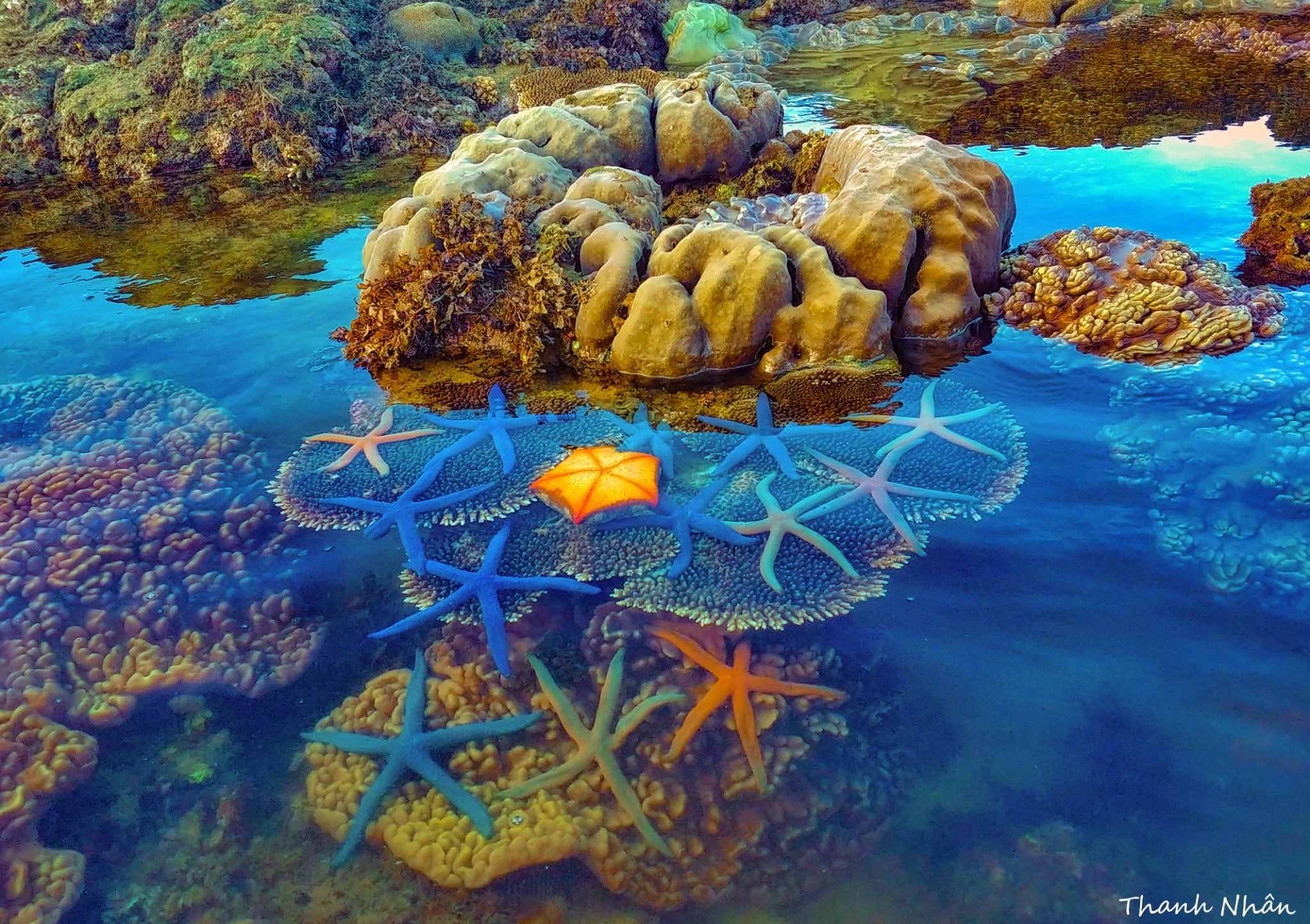


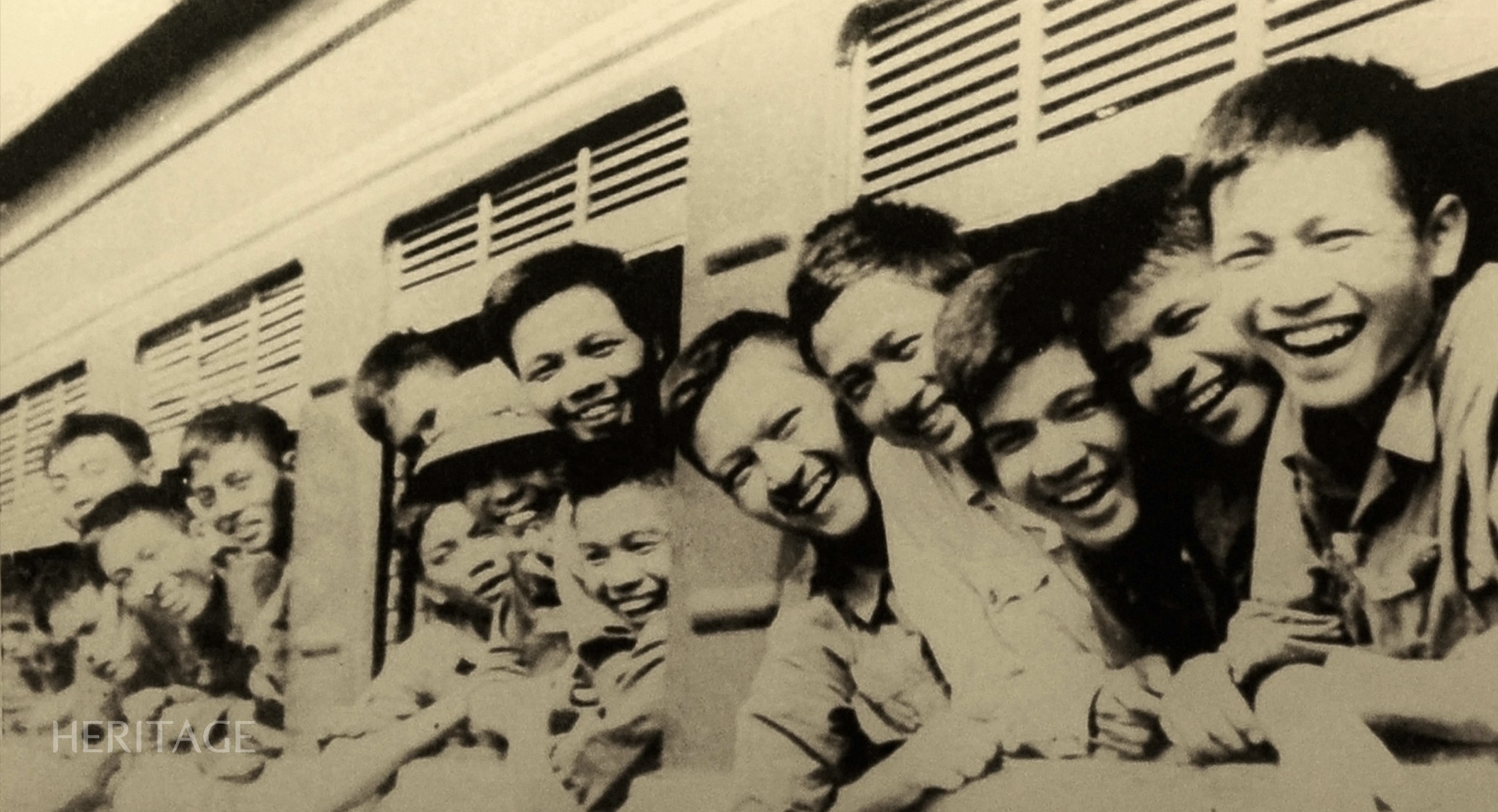


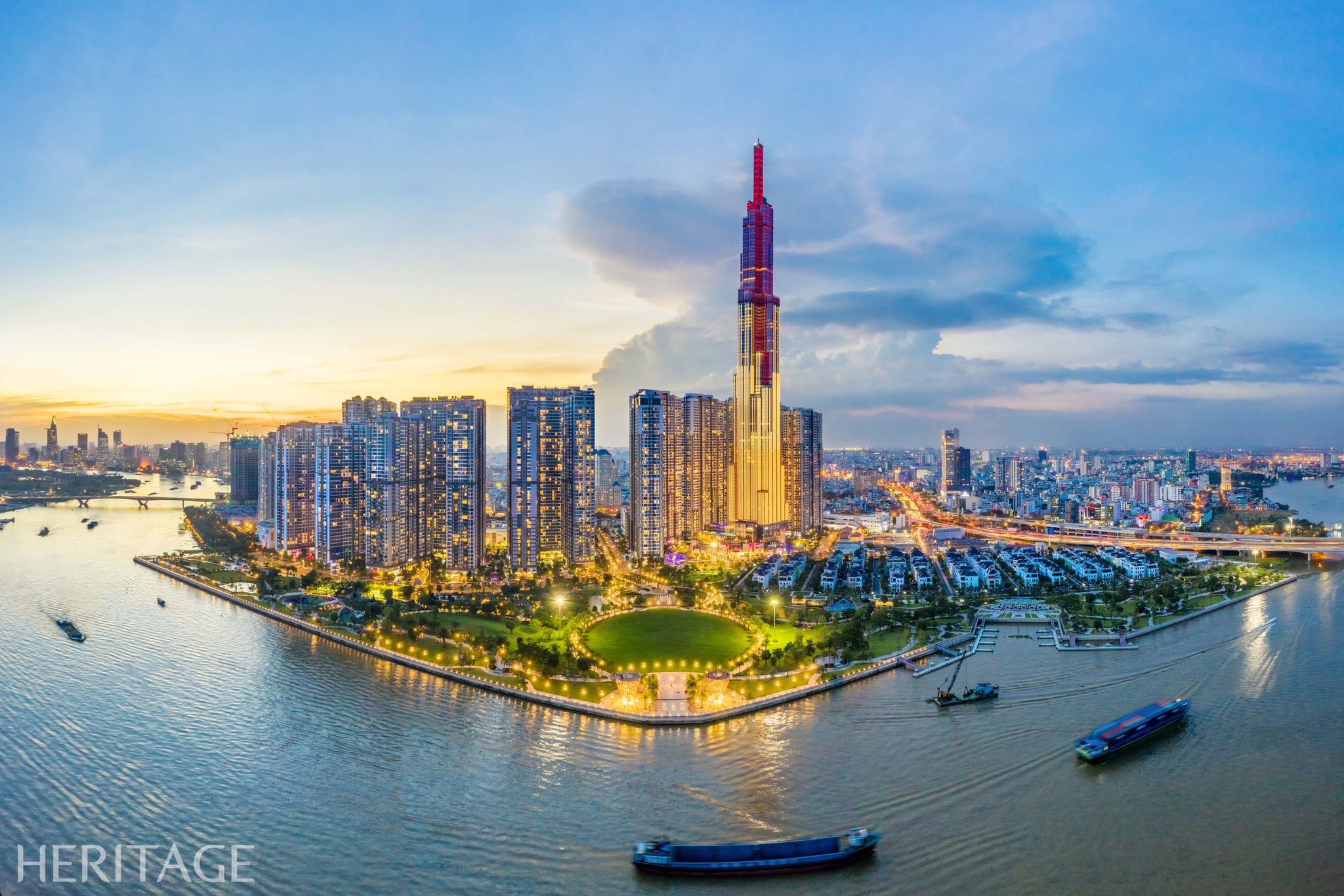



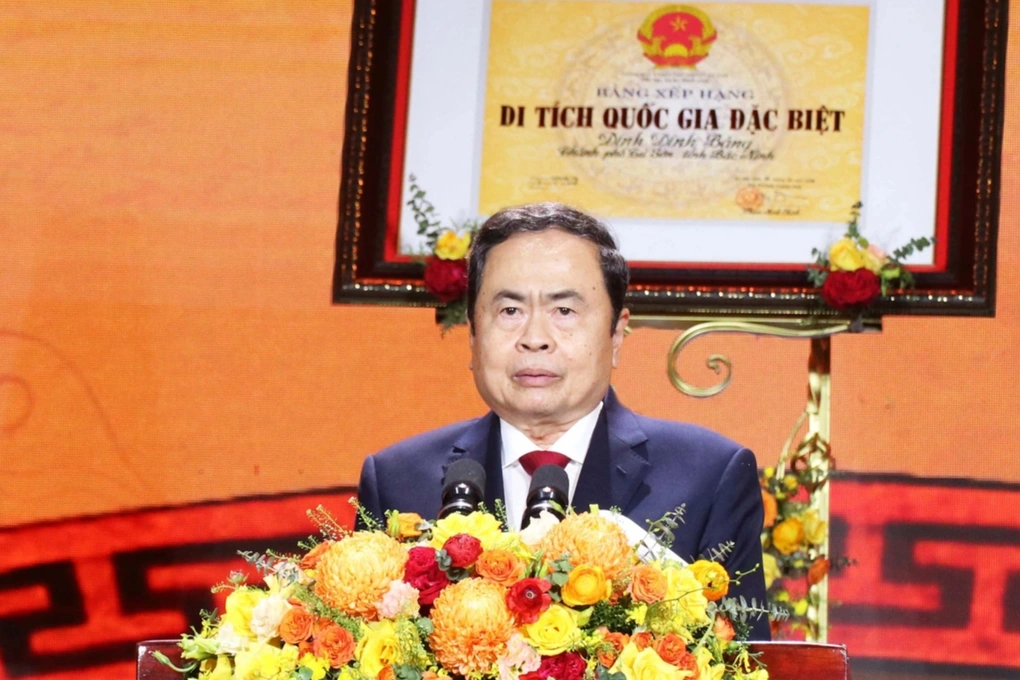











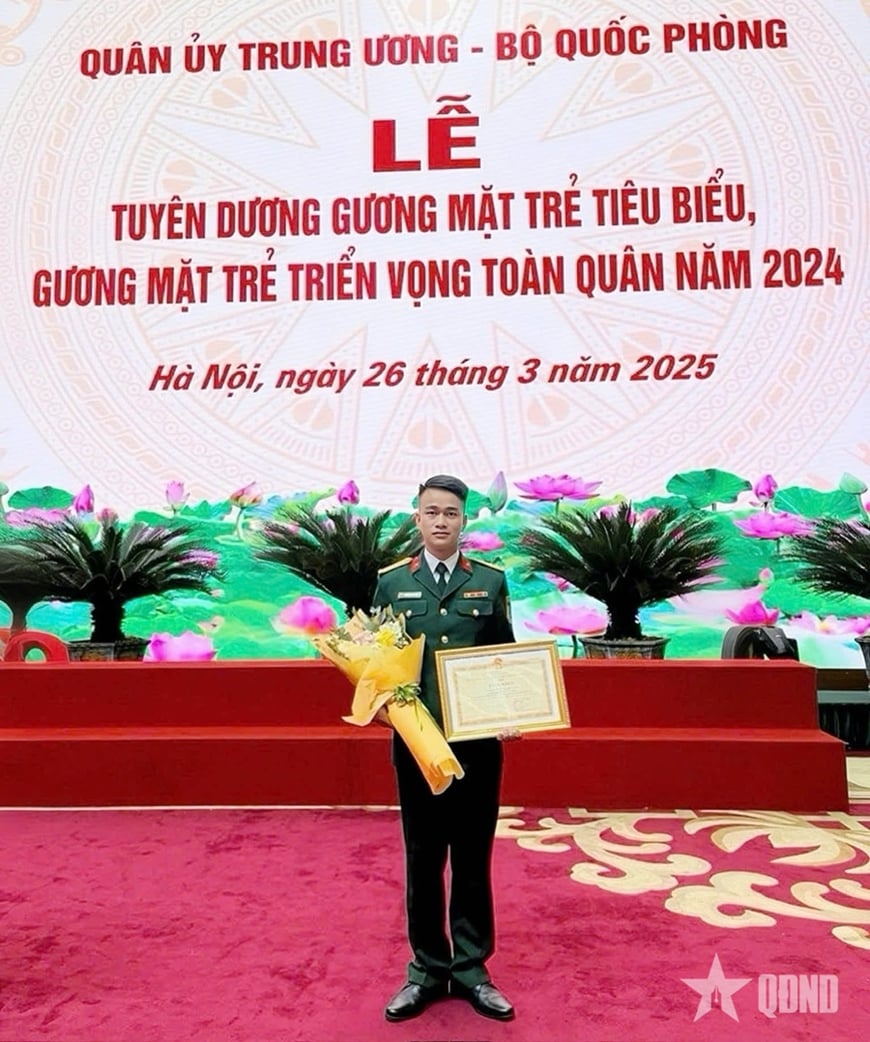


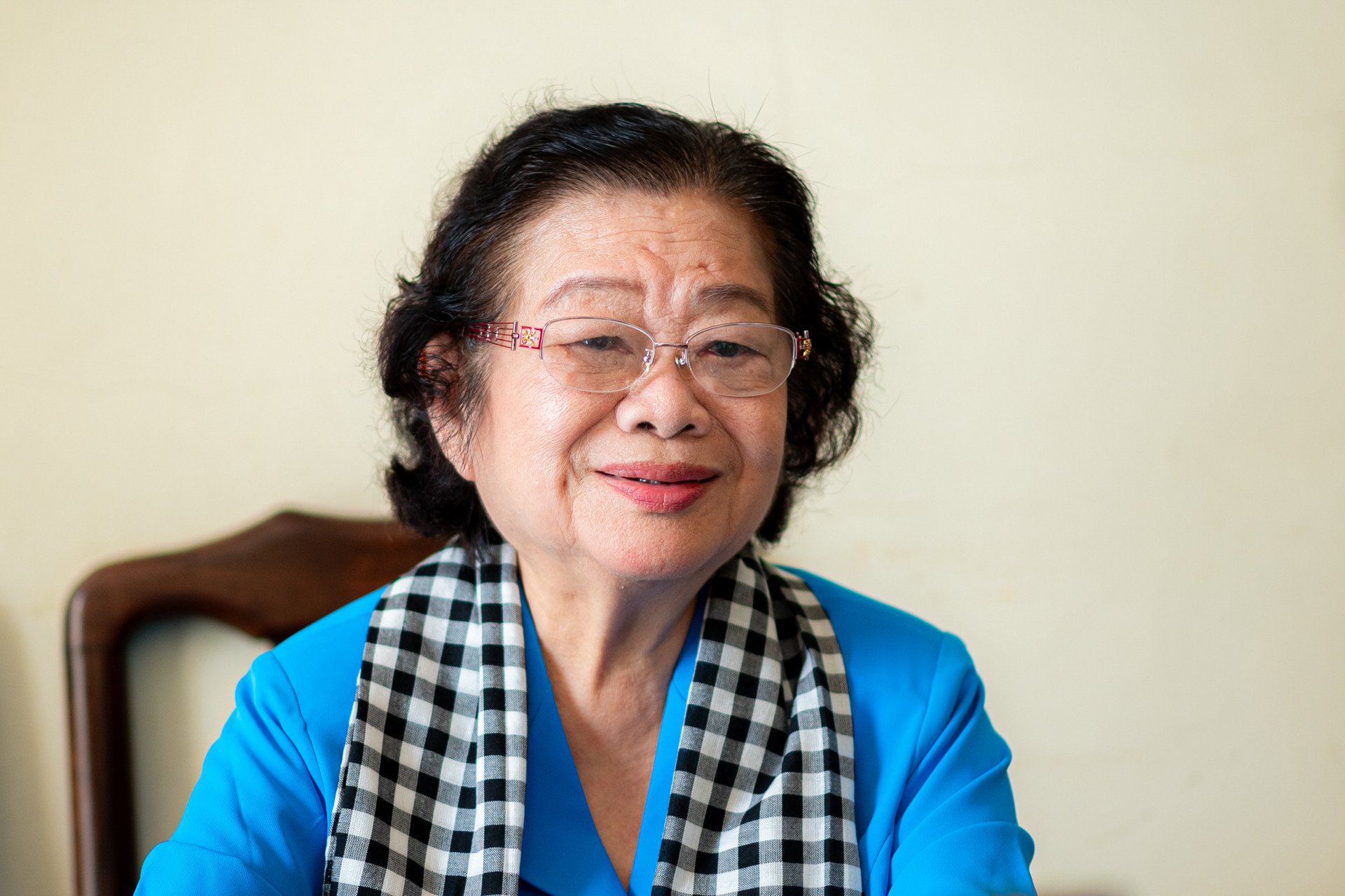



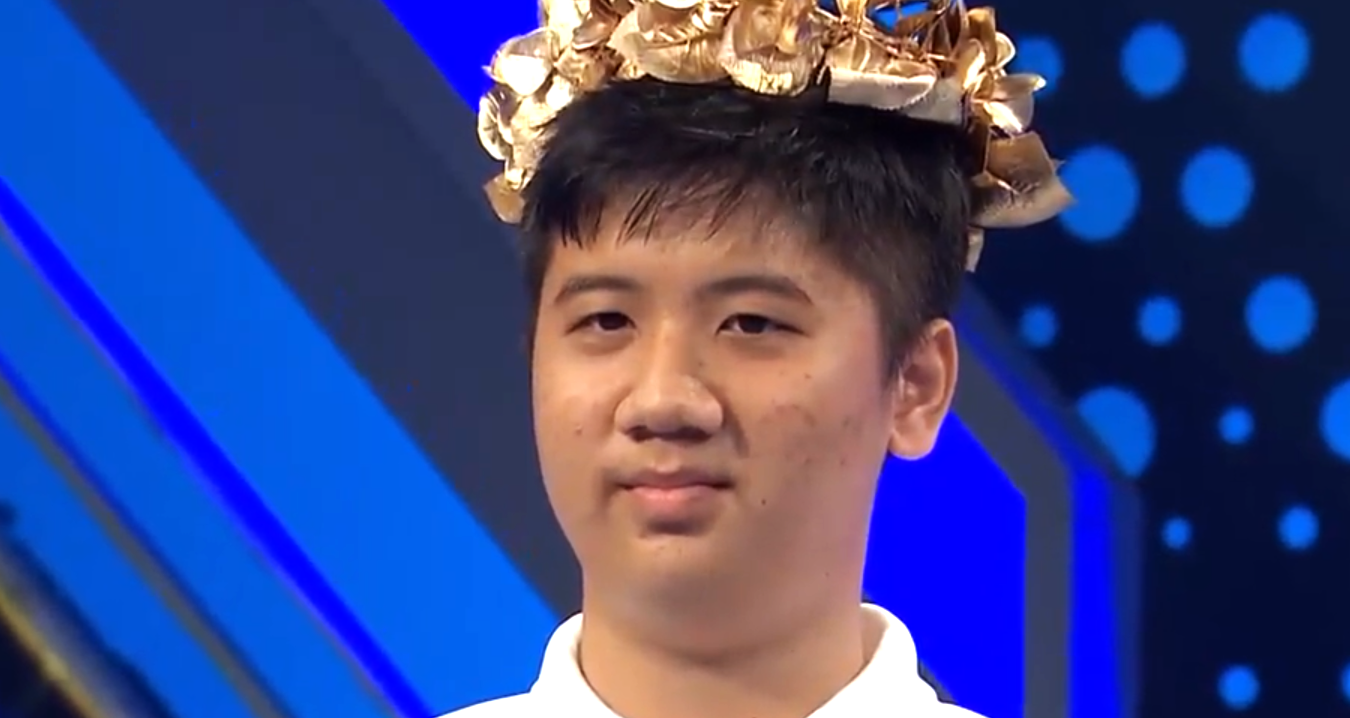












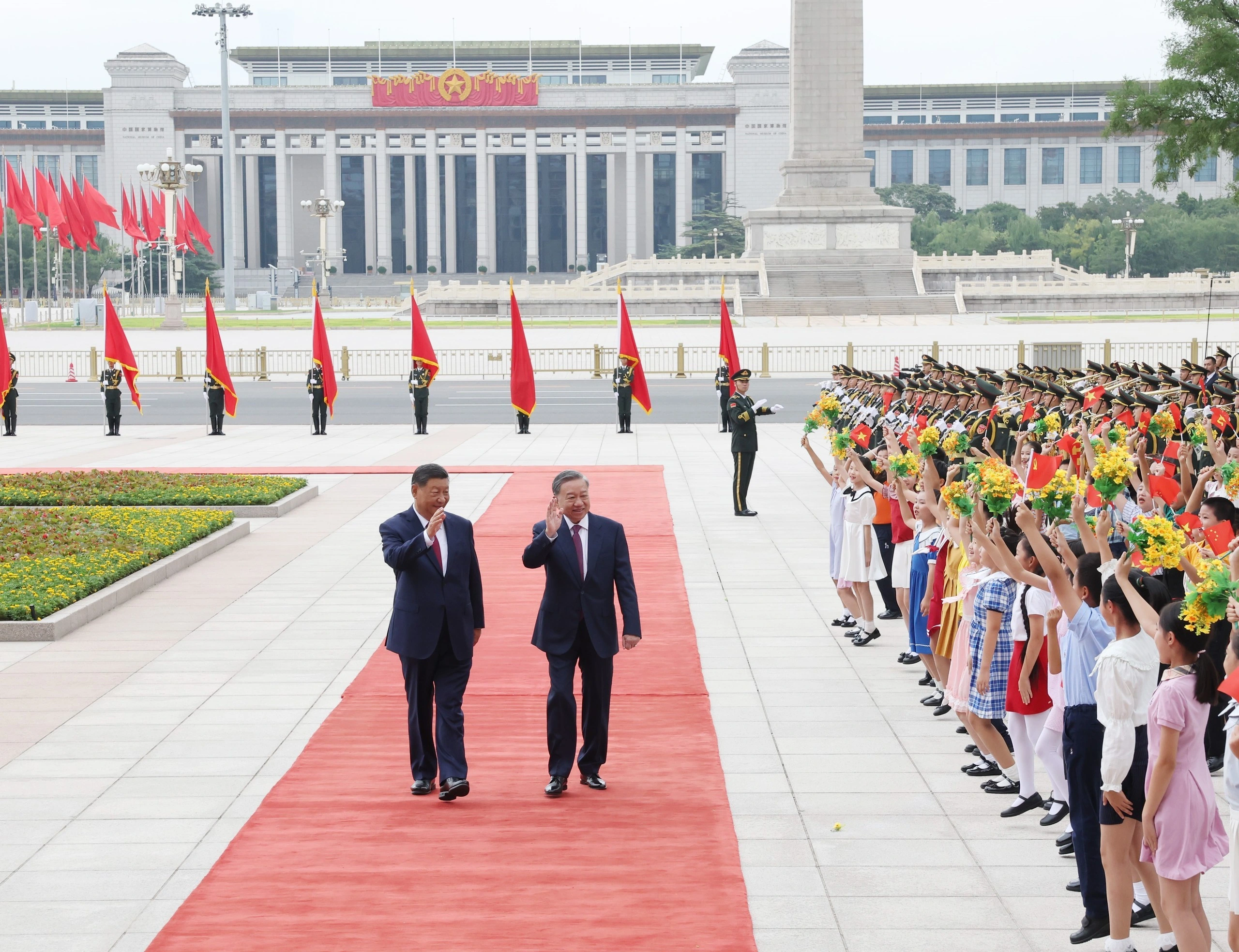





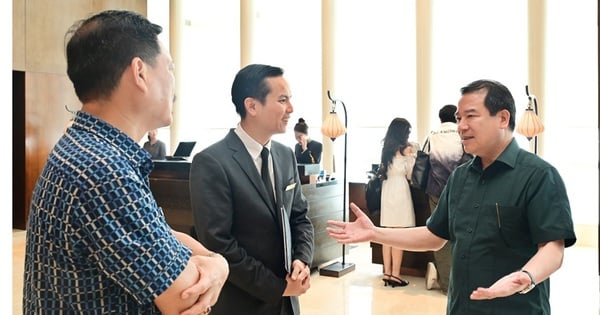
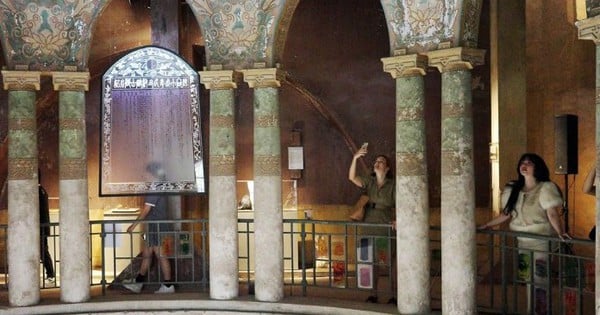
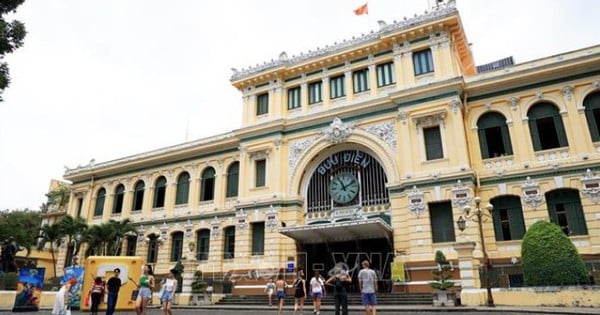
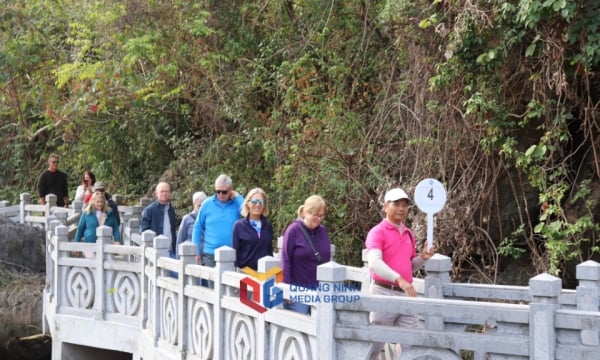



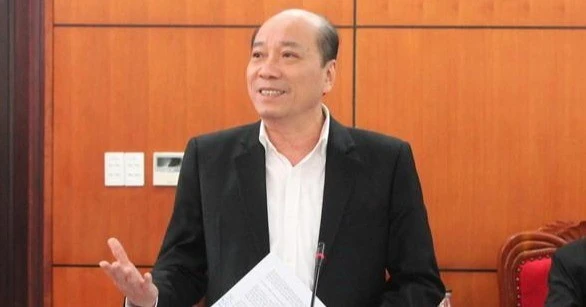

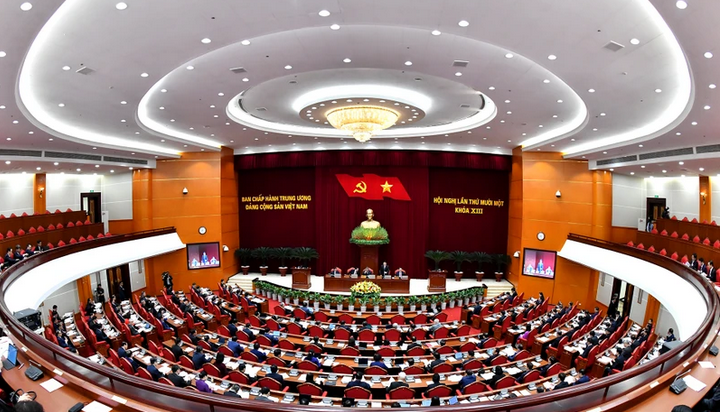


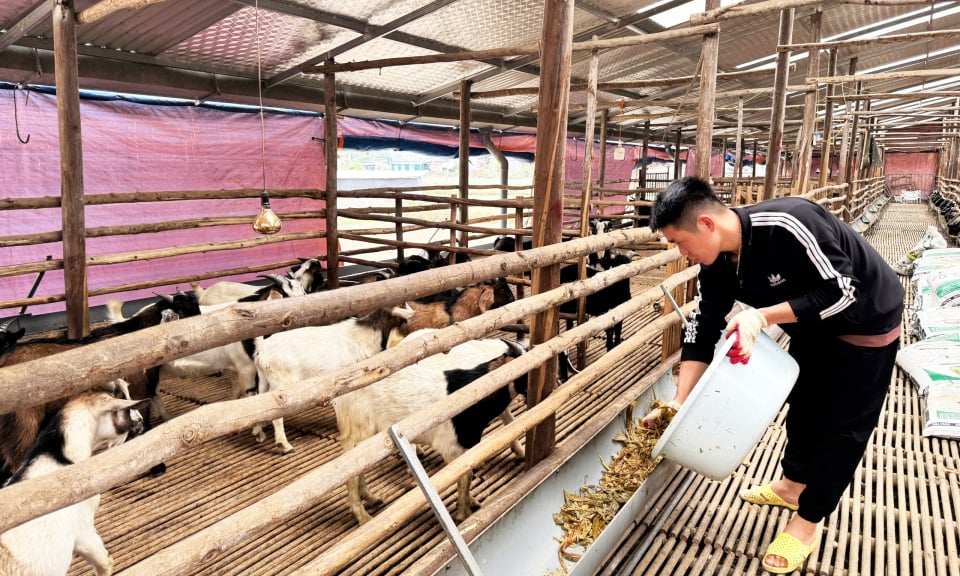








Comment (0)